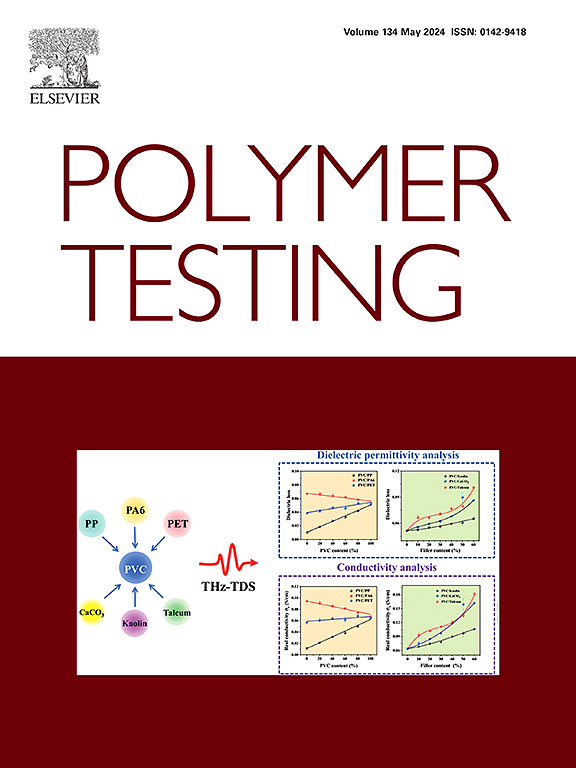Sensitivity of the particle size determined inline by Photon Density Wave Spectroscopy with respect to sample properties and measurement settings during emulsion copolymerization reactions
IF 5
2区 材料科学
Q1 MATERIALS SCIENCE, CHARACTERIZATION & TESTING
引用次数: 0
Abstract
Photon Density Wave spectroscopy (PDWS) is one of the few real-time and inline submicron particle size monitoring techniques that are commercially available nowadays. In this work, a sensitivity analysis of the PDWS results with respect to relevant sample properties and measurement settings is carried out. It is investigated how the distances between the emission and detection fibers together with the laser modulation frequencies, and uncertainties of the input parameters (refractive index, density, and solids content of the dispersed phase) needed for data analysis affect the reduced scattering coefficients and particle diameters obtained from inline PDWS measurements. The seeded semibatch emulsion copolymerization of methyl methacrylate (MMA, 51 w-%), butyl acrylate (BA, 47 w-%), and methacrylic acid (MAA, 2 w-%) is used as a model system. It is shown that the careful selection of measurement distances and modulation frequencies increases the accuracy of the particle size determination by PDWS. Furthermore, it is observed that the obtained particle sizes are more sensitive to uncertainties of the refractive index and solids content than to uncertainties of the density of the disperse phase.
求助全文
约1分钟内获得全文
求助全文
来源期刊

Polymer Testing
工程技术-材料科学:表征与测试
CiteScore
10.70
自引率
5.90%
发文量
328
审稿时长
44 days
期刊介绍:
Polymer Testing focuses on the testing, analysis and characterization of polymer materials, including both synthetic and natural or biobased polymers. Novel testing methods and the testing of novel polymeric materials in bulk, solution and dispersion is covered. In addition, we welcome the submission of the testing of polymeric materials for a wide range of applications and industrial products as well as nanoscale characterization.
The scope includes but is not limited to the following main topics:
Novel testing methods and Chemical analysis
• mechanical, thermal, electrical, chemical, imaging, spectroscopy, scattering and rheology
Physical properties and behaviour of novel polymer systems
• nanoscale properties, morphology, transport properties
Degradation and recycling of polymeric materials when combined with novel testing or characterization methods
• degradation, biodegradation, ageing and fire retardancy
Modelling and Simulation work will be only considered when it is linked to new or previously published experimental results.
 求助内容:
求助内容: 应助结果提醒方式:
应助结果提醒方式:


